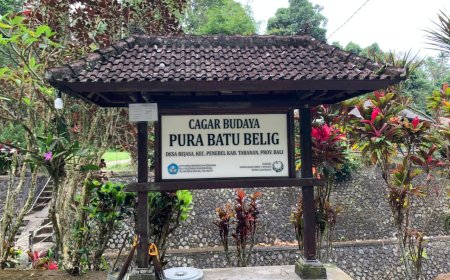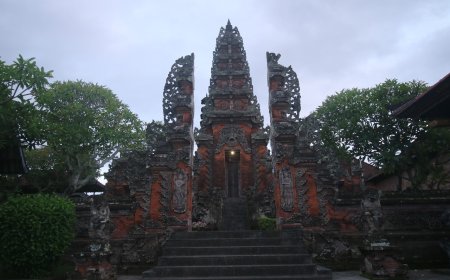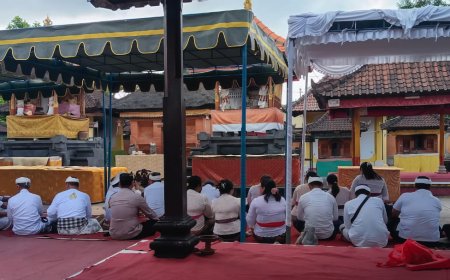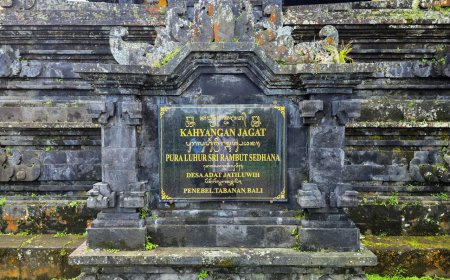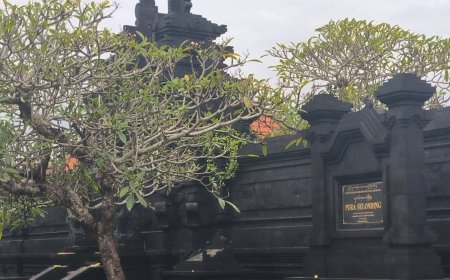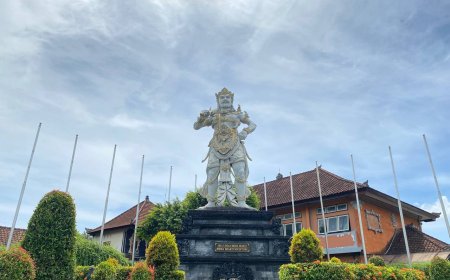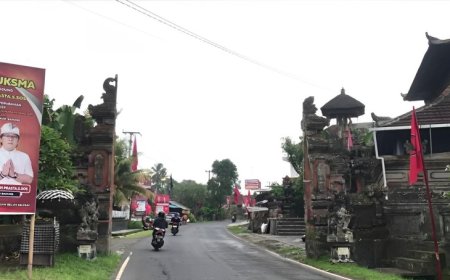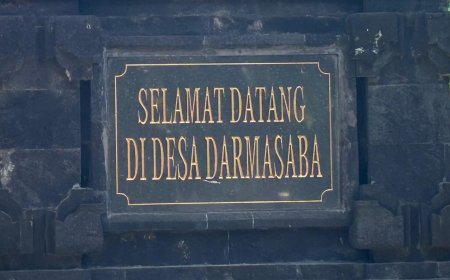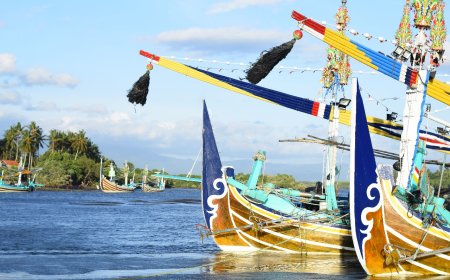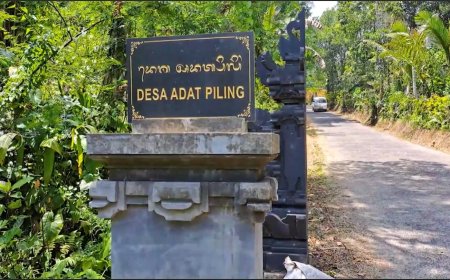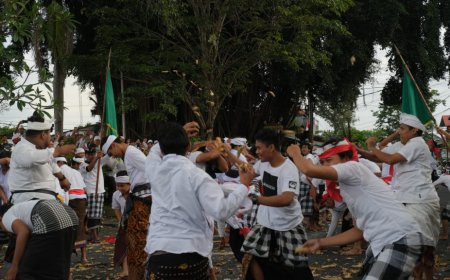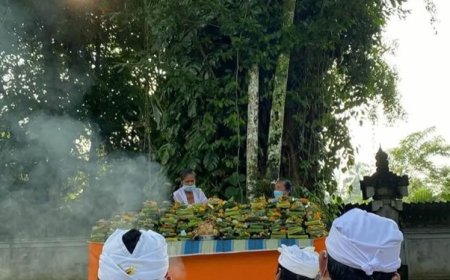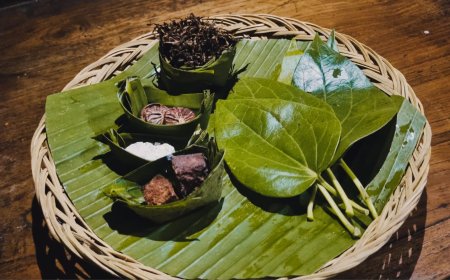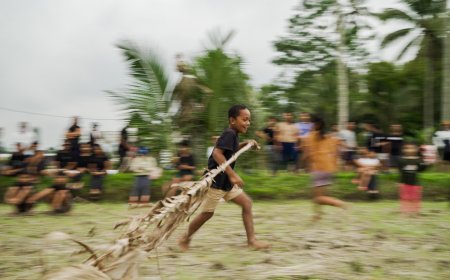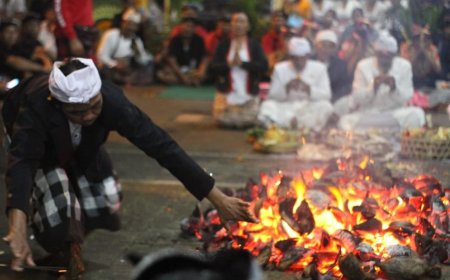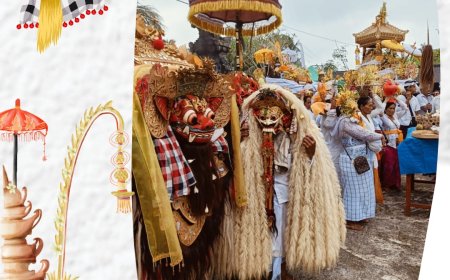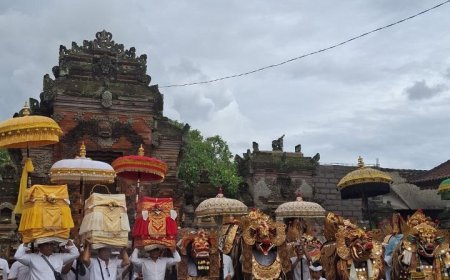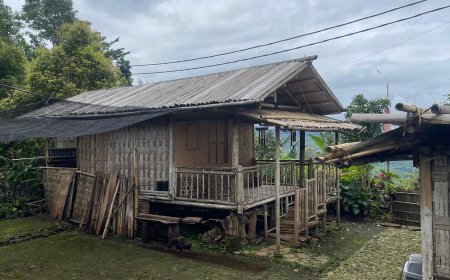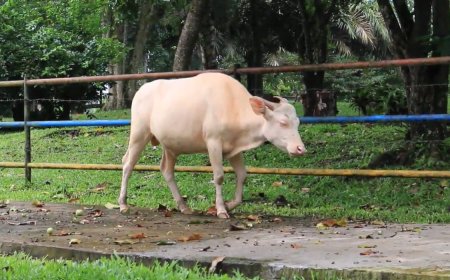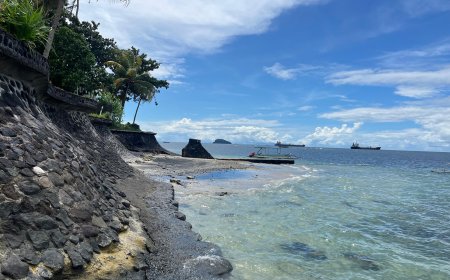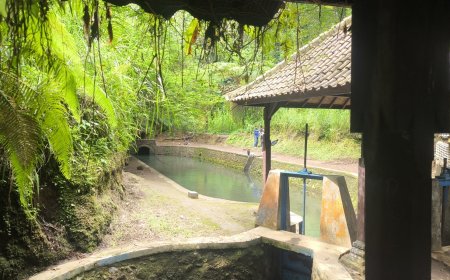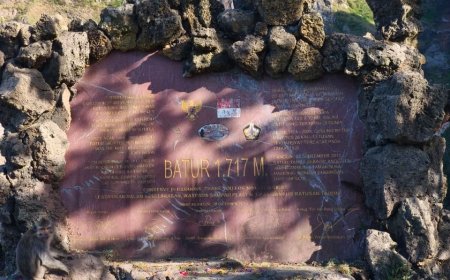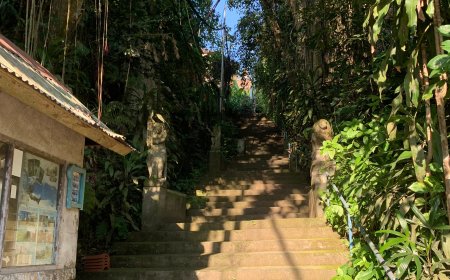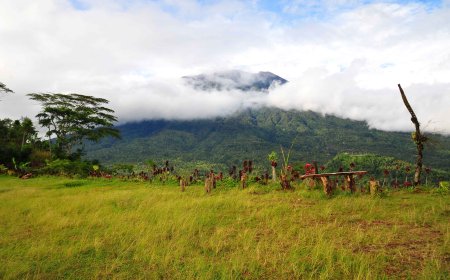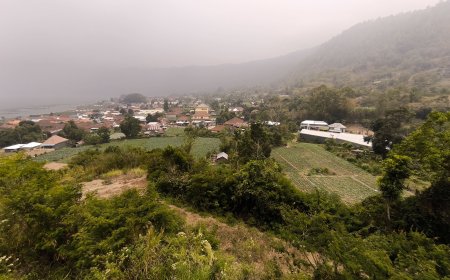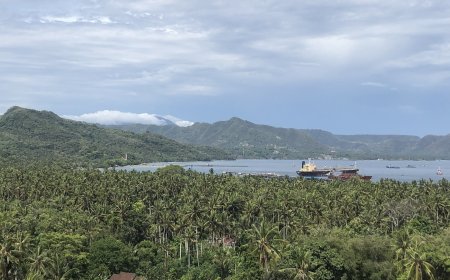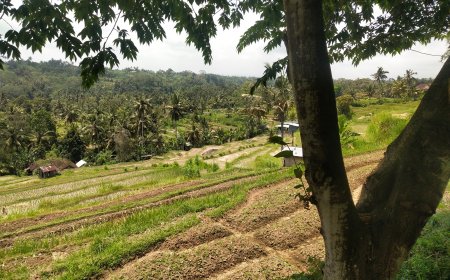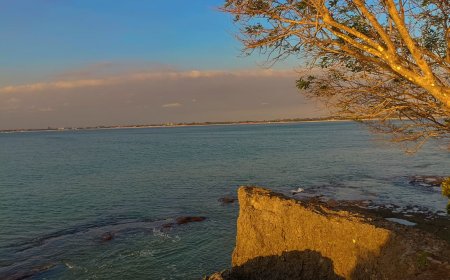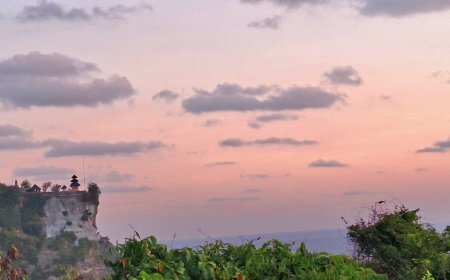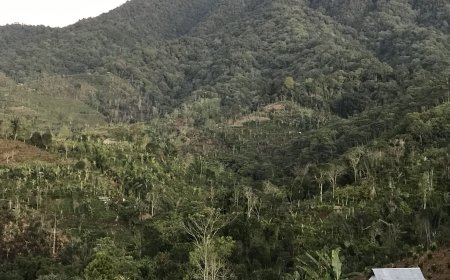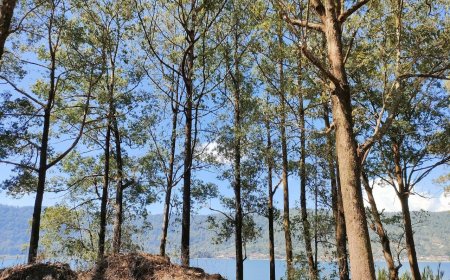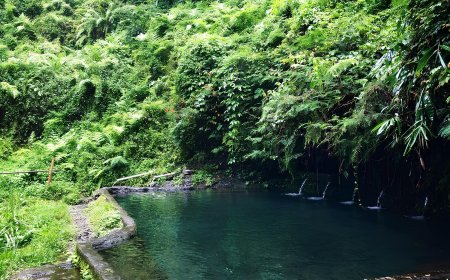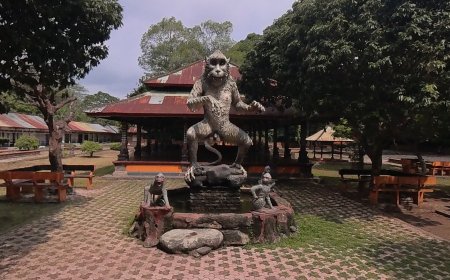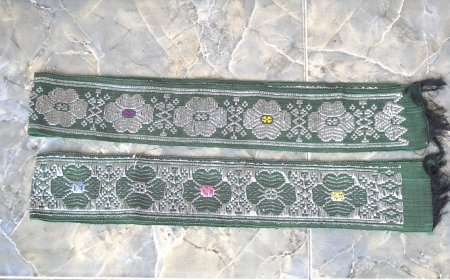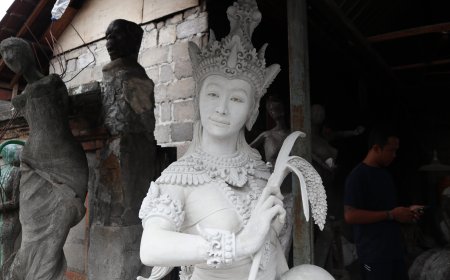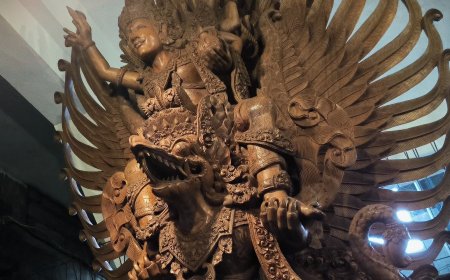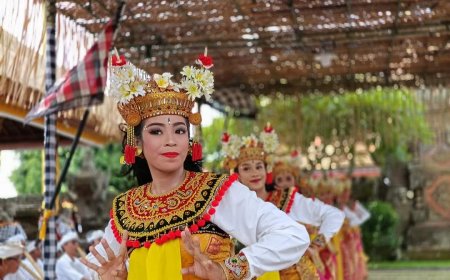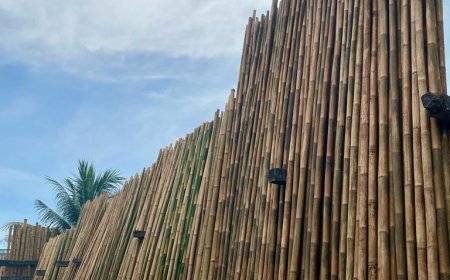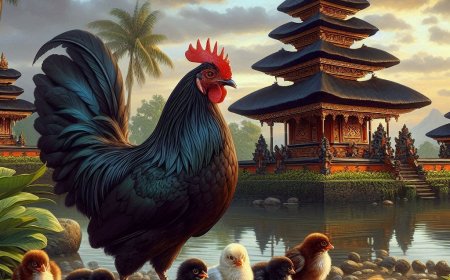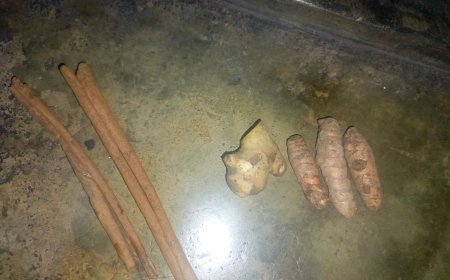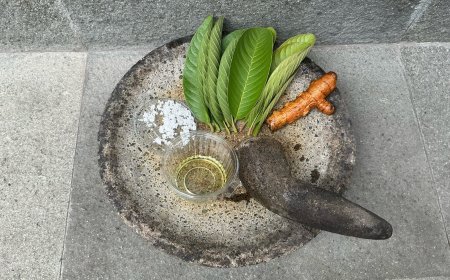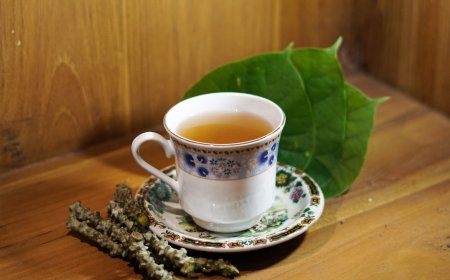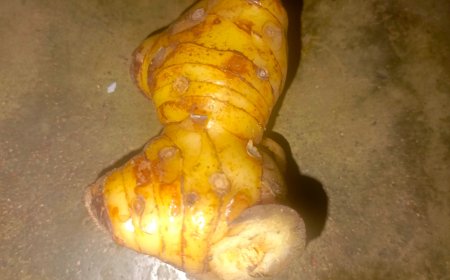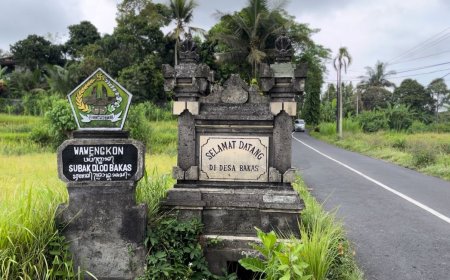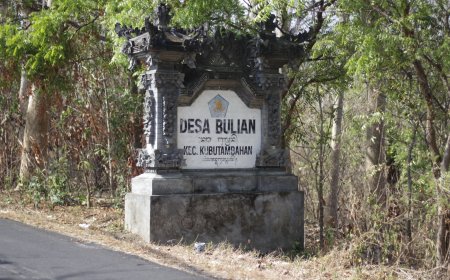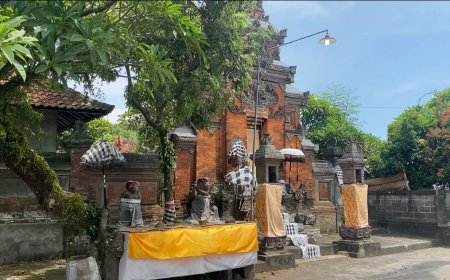Tracing the Origins and History of the Traditional Village of Bresela.
Bresela Village , located in Payangan District, Gianyar Regency, Bali, has a rich and meaningful history. According to stories passed down through generations by the village's ancestors, Bresela was one of the stopping points on the journey of Rsi Markandeya, a Hindu religious figure who traveled from Java to Bali. His journey to Bali was aimed at building the Gunung Raung Temple in the village of Taro, which later became one of the important temples in Bali.
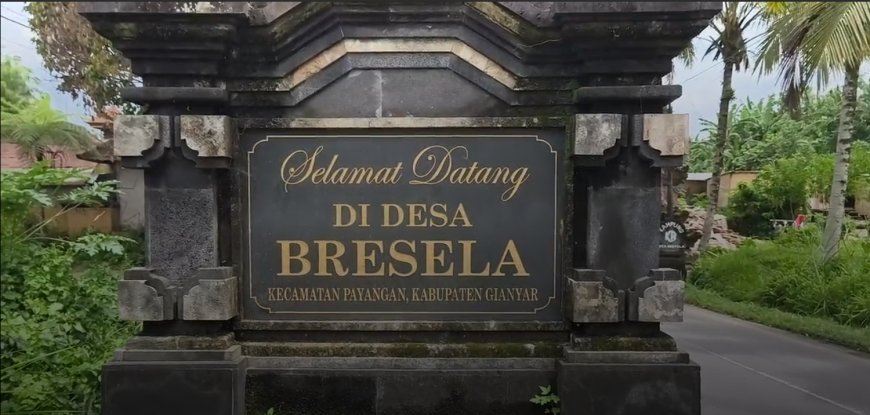
The name Bresela is deeply connected to the natural wealth of the village. It is said that Rsi Markandeya, along with his disciples and followers, used Bresela as a place to gather food supplies. With its fertile land and clear springs, this village became a strategic location to fulfill the logistical needs of their journey to the village of Taro to build the Pura Gunung Raung. Etymologically, the name Bresela is believed to come from two words: beras (rice) and sela (sweet potato), which describe the village as a source of staple food. This reflects the important role of Desa Bresela as a food supply center during Rsi Markandeya's journey. Furthermore, the village also symbolizes prosperity and the local wisdom of its people.
The community and traditional leaders of Bresela Village strongly believe that their village is one of the oldest villages in Bali. This belief stems from tangible evidence in the form of about 25 temples scattered throughout the village. These temples not only function as places of worship but also serve as silent witnesses to the long history of Bresela Village, passed down from generation to generation.
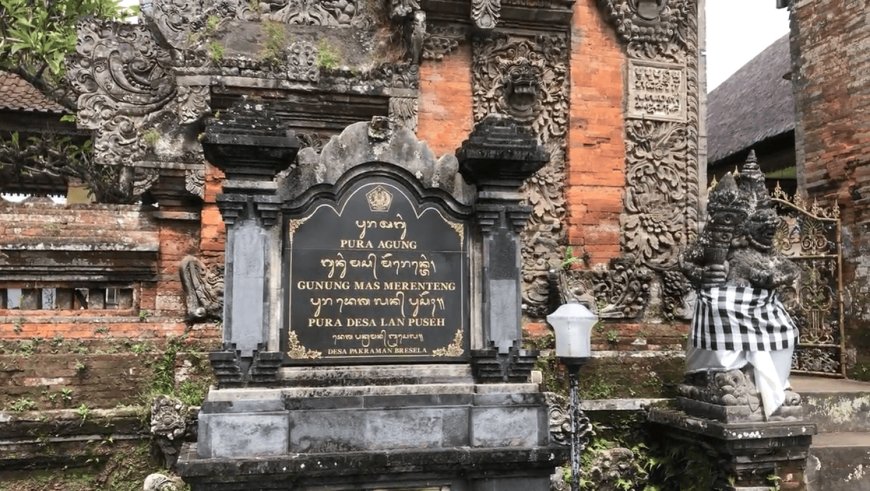
Gunung Mas Merenteng Temple (Source: Author's Collection)
Among the temples, some play significant roles in the spiritual life of the people, such as the Kahyangan Tiga Temple comprising Dalem Temple, Desa Temple, and Puseh Temple as well as Gunung Mas Merenteng Temple, Taman Temple, Sang Hyang Alang Temple, and Melanting Temple. The existence of these temples not only highlights the uniqueness of Bresela Village's spiritual aspects but also strengthens the belief that the village has been a center of religious activities for centuries. Although there is no written evidence explicitly stating that Bresela Village is an ancient village, the community believes that the historical traces of their village can be seen through the presence of ancient temples that have existed for centuries. These temples not only serve as places of worship but also as symbols of continuity of tradition and cultural identity. According to stories passed down orally, the temples in Bresela are integral to the daily lives of the people, from religious ceremonies to customary practices that bind them to their ancestors. In the community's belief, these traditions reflect a deep respect for history, ancestors, and the surrounding nature.
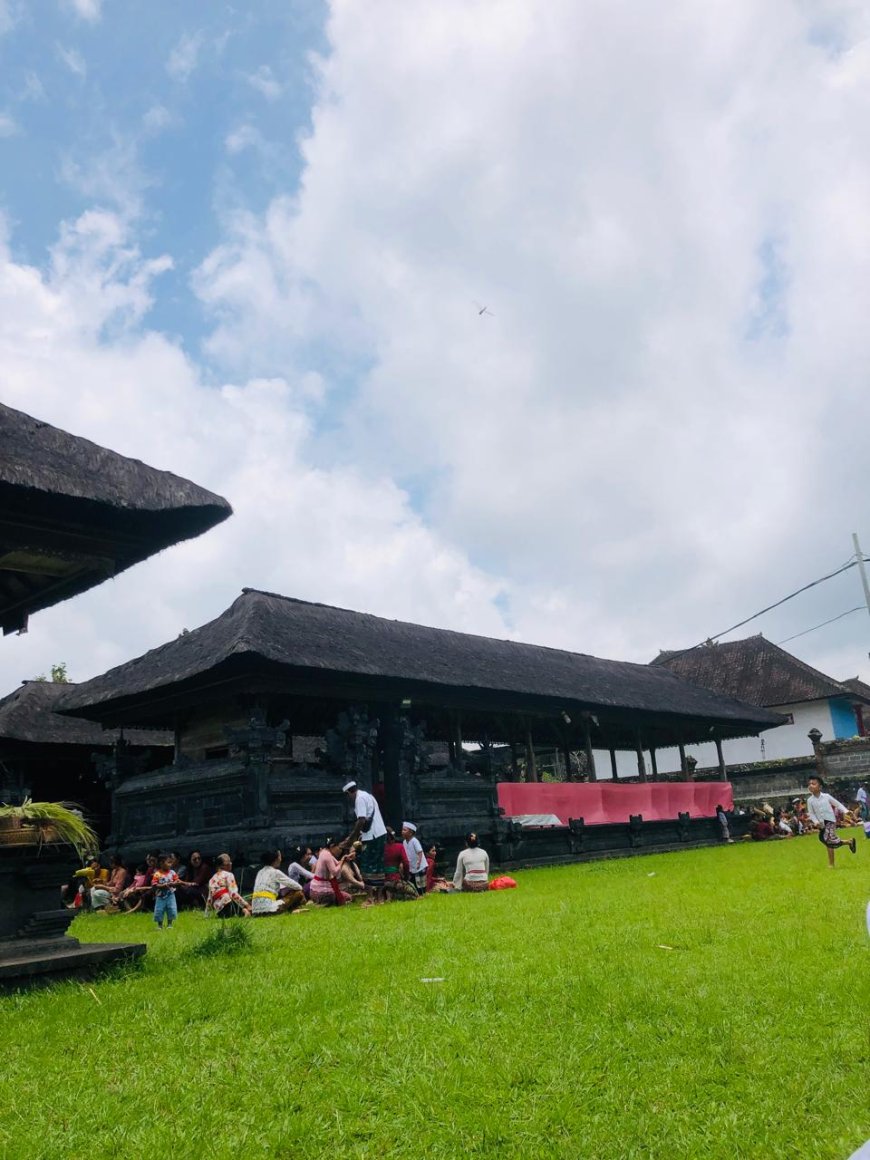
The atmosphere of worship at Pura Puseh (Source: Author's Collection)
The Tri Hita Karana principle, rooted in the philosophy of harmony between humans, nature, and God, forms the foundation of life in Desa Bresela. This principle is not only applied in daily life but also serves as the basis for the implementation of traditions, customs, and environmental management in the village. The Parhyangan aspect, or the spiritual relationship between humans and God, holds a special place in Bresela Village. The scattered temples in the village, such as Kahyangan Tiga Temple, Gunung Mas Merenteng Temple, and Sang Hyang AlangTemple, are centers for the community’s religious activities. The people make these temples sacred spaces to worship Sang Hyang Widhi Wasa, offer sacrifices, and seek spiritual strength for the village's well-being. The presence of these temples not only reflects the people's faith but also symbolizes their sincere devotion to God. The Parhyangan aspect in Bresela Village is highly respected, and any element associated with it is considered sacred and must not be altered carelessly. The community believes that maintaining the sanctity of the temples is equivalent to preserving the spiritual balance of the village. The Pawongan aspect, or human relationships, is manifested through mutual cooperation and togetherness in every customary and social activity. The tradition of odalan, held at the village’s temples, involves the entire community regardless of social status, creating a strong sense of brotherhood. Furthermore, the social life in Bresela Village reflects local wisdom that upholds tolerance and mutual respect. The village's banjar structure, such as Banjar Bresela, Banjar Tri Wangsa Bresela, and Banjar Gadungan, serves as a forum to strengthen relationships among villagers and manage the implementation of customs.
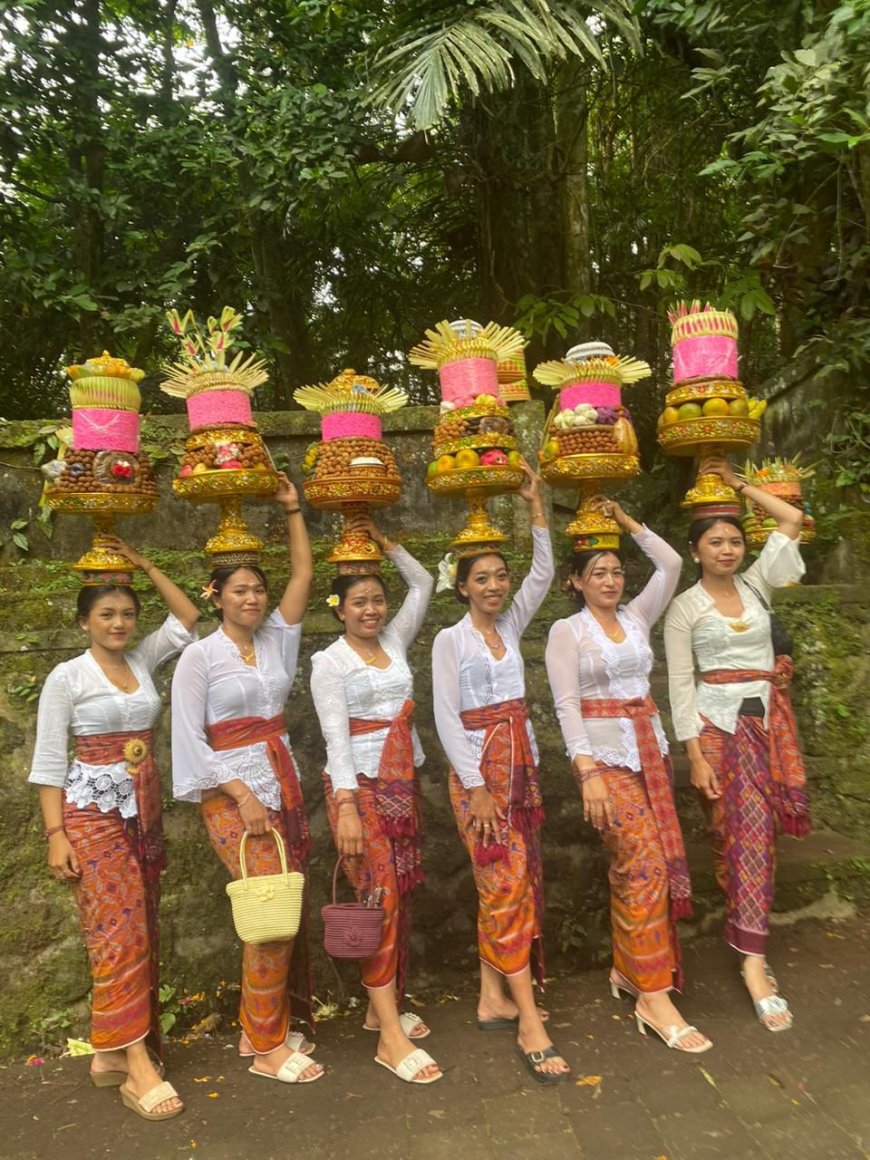
The Community's Preparation for the Odalan at Dalem Temple (Source: Author's Collection)
The Palemahan aspect, or the relationship between humans and nature, is expressed through respect for the surrounding environment. Bresela Village, known for its fertile land and clear springs, is diligently maintained by the community. They believe that nature is a gift from God that must be used wisely and preserved for future generations. Traditional farming activities still carried out by the community are one form of implementing the Palemahan principle. Additionally, the village's reputation as the largest producer of carved dulang (traditional trays) in Bali shows how the community uses nature's wealth with creativity while preserving the environment.
The tradition of Banten sate or ngaturang sodan in Bresela Village is not only part of religious routines but also symbolizes the deep bond between the people and their ancestral heritage. In this tradition, banten (offerings) are carefully prepared with respect. Items like sate, urutan, and tum have deep symbolic meanings. Sate represents sacrifice, urutan signifies the continuity of life, and tum reflects prayers and hopes for prosperity. Each time this tradition is performed, the spirit of mutual cooperation in Bresela Village is strongly felt.
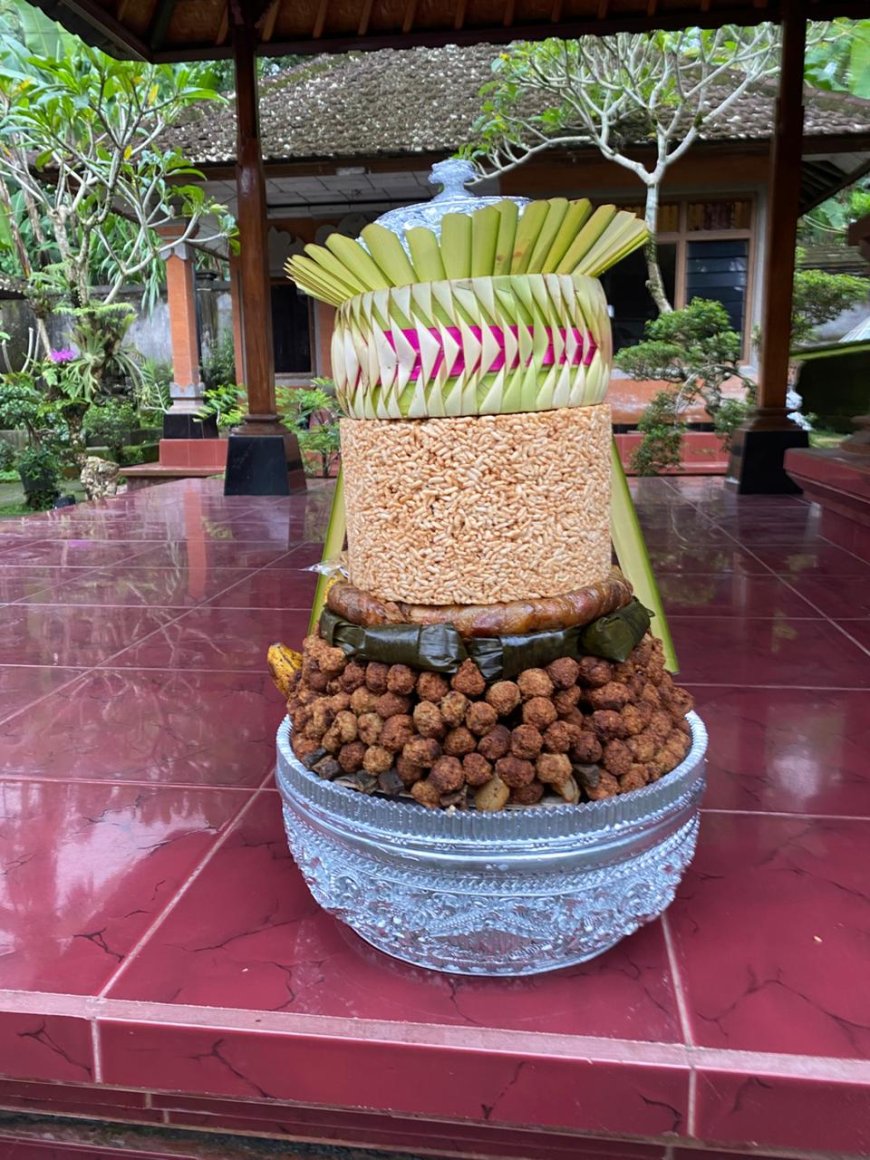
Banten Sate (Source: Author's Collection)
The people from all walks of life work together to prepare the banten, from gathering materials to cooking and arranging the offerings. This process not only strengthens the bonds between villagers but also serves as a means of instilling values of togetherness in the younger generation. Beyond its spiritual aspect, this tradition also reflects appreciation for nature. The materials used for banten generally come from the surrounding natural environment, such as meat, fruits, and spices. This shows how the people of Desa Bresela maintain a harmonious relationship with nature, as taught in the Tri Hita Karana concept. More than that, the ngaturang sodan or banten sate tradition becomes a moment of reflection for the community. In every offering, there is a sense of gratitude for the blessings given and a hope for the village's continued peace, prosperity, and happiness. This tradition is a cultural heritage that not only strengthens spirituality but also serves as an identity that distinguishes Bresela Village from other villages in Bali.
Bresela Village is not only known for its spiritual values and rich traditions but also for its expertise in carving. The village has become the largest producer of carved dulang in Bali, with products reaching national and international markets. This skill has been passed down through generations and has become an inseparable part of the identity of the Bresela community. Dulang ukir (carved trays) is one of Bali's traditional crafts that carries high artistic value. These carved trays are often used in religious ceremonies or offerings at temples. The motifs carved on the dulang often contain traditional Balinese symbols, such as lotus flowers, dragons, or geometric ornaments reflecting Hindu philosophy. The beauty of dulang ukir from Desa Bresela lies in the fine details and unique designs that cannot be found elsewhere.
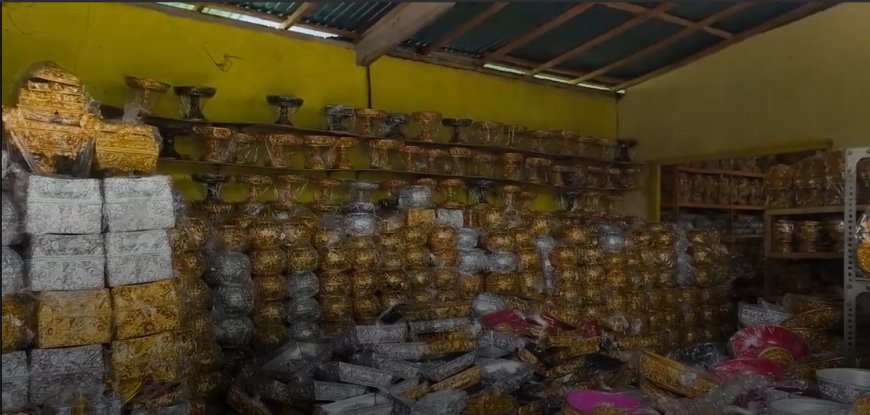
Carved Dulang from Bresela Village (Source: Author's Collection)
The process of making dulang ukir requires high skill and patience. Artisans in Bresela Village begin by selecting quality wood, such as mahogany or suar wood, which is then carved using special techniques. Every step of the process, from cutting the wood to the final coloring, is done manually to ensure perfect results.
Not only a source of livelihood, dulang ukir art also plays an important role in preserving local culture and traditions. Young people in the village are taught the art of carving from an early age to ensure the continuity of this heritage. Additionally, the local government, together with the community, actively promotes dulang ukir through various art exhibitions and cultural festivals, making Bresela Village a must-visit destination for carved art. The existence of dulang ukir from Bresela is not only an art product but also a reflection of the village's life philosophy, which values beauty, precision, and harmony with nature. This aligns with the Tri Hita Karana principle, where art is also considered a form of gratitude to Sang Hyang Widhi Wasa.
